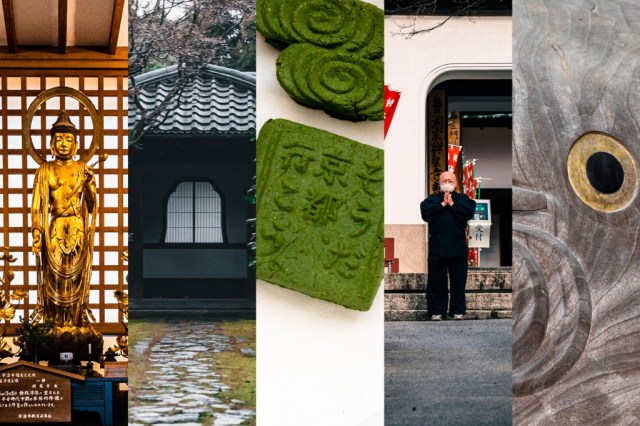
The most zen part of our self-guided Kyoto tour.
After a few luxurious hot spring soaks on part one of his Kyoto tour, our reporter Egawa Tasuku was ready to take on one of the main attractions in the city of Kyoto: its abundance of historical shrines and temples.
For part two of our Kyoto Ready: Zen and Hot Springs tour through Kyoto, sponsored by Japan Rail, Egawa visited Taikou-in Temple, a temple that’s not normally open to the public except during this time period. He also had had a zazen meditation experience at Manpuku-ji Temple, and a lesson on how to make matcha incense at Koushou-ji Temple.
So let’s join Egawa on his first stop, Taikou-in Temple.
▼ The gate doesn’t offer a glimpse of how it looks inside, making it all the more exclusive.
Entering the gate, Egawa was met by a moss-lined path. Coupled with the architecture, it looked so traditionally Japanese that it made him a little nervous.
▼ It felt like a portal to the past.
▼ At the end of the path was an immaculate Zen garden.
Upon entering the main building of Taikou-in, Egawa was met with a sliding screen door mural by the famous Japanese Edo-period painter, Kanou Tan’yuu. His work can also be found in other parts of Kyoto, like Ninomaru Palace in the Nijo Castle grounds.
▼ This screen is to the right of the entrance, and the left side has a mural as well.
▼ And in front of him was the main altar.
▼ This plaque explains the details of the screen paintings, relics of the Date samurai clan.
The tour also included a visit to the tea room of Taikou-in. We were given special permission to take photos, but if you take part in this tour be warned that the general public won’t be able to take video or even see the room at all in some cases.
▼ Teapots were placed in the middle of the room, in a small indent in the floor.
▼ Further in, the tea room looks like this.
On the tour, Egawa learned that this tea room had seen the likes of the Japanese daimyo lords Kuroda Nagamasa, Kato Kiyomasu, and Fukushima Masanori, each of the late Sengoku to early Edo periods.
▼ Egawa found it interesting that a window was built into the ceiling.
Perhaps for protection, or just for letting more sunlight in.
▼ And of course, Egawa had to get the official goshiun stamp from the temple. Many people collect these in stamp books.
Egawa was pumped and excited when he entered the temple, but the more time he spent there, the keener and calmer his senses became. Everything was so perfectly landscaped and built that he felt like anyone could become more focused and serious by visiting here.
▼ Even the roof looked moody.
And with that, it was time to move onto the second part of his Kyoto Ready: Zen and Hot Springs tour — a zazen meditation experience at Manpuku-ji Temple.
▼ The architectural style of this temple was far different from the other, and for a reason.
Manpuku-ji is known in the world of Buddhism as the head temple of the Oubaku-shu school of Buddhism. This school originated in China, and so that is reflected in the extravagant and spacious architecture.
▼ Outside, you may see the monks walking around.
▼ The inside is just as decoratively dazzling.
Inside, Egawa was given a background on all things zazen-related, such as why zazen temples are decorated a certain way, the molding of the arhat statue (of one who has achieved nirvana), and more.
There was so much that visually interested Egawa that it would be impossible to condense them all into one article, so here are some of the main things that caught his eye.
▼ First up, the giant fish.
These are called kaipan, and they ring when struck. This occurs in the monks’ daily routines and rituals. Since they’re struck in the same place every time, the middle of the fish is often a different color than the rest of its body. The ball in its mouth represents the expulsion of Kleshas — “poisonous” mental states that cloud judgment — when it is struck.
Next, it was time to experience a real, guided zazen meditation. Egawa was shuffled to another area of the temple. He’d seen it on TV before, but this was his first time actually trying it.
▼ This area of the temple was lined with cushioned benches.
Each seating spot had two cushions, and Egawa was first instructed to fold the top cushion in half and then sit on it. He thought it was done on a flat seating position, so he was a little surprised.
▼ He was then taught the proper way to sit for a zazen meditation, which was to cross his legs with both soles facing upwards.
This wasn’t the usual criss-cross apple sauce way that Egawa thought he had to sit. However, his instructor did let him sit in the usual cross-legged position for this lesson since the proper way was too difficult for him.
▼ Meditation isn’t all fun and games, though.
During the explanation of zazen meditation, Egawa was told that it was all right to move during meditation, albeit with a catch. You can’t just move normally or you’ll get a warning thwack from the monks. However, if you move your hands in a certain way followed by a bow, you’re technically allowed to move.
Fortunately (or unfortunately, according to Egawa), our fellow reporter did not get a chance to use this specific hand gesture to see if he’d be caught by the monk police. Since it was a short experience class, it was over before he knew it.
For those that want to partake in the full experience though, there is an alternate tour plan that offers a full-on zazen experience at Manpuku-ji Temple followed by some Buddhist temple cuisine and a goshuin stamp at the end.
And then he was off to the final stop of the tour: Koushou-ji Temple. Egawa was ready to make some matcha incense. First, he had to climb up a hill called Kotozaka to get there.
▼ This path goes uphill for 200 meters (650 feet) to the main temple’s entrance.
▼ In autumn, the path leading up to the main temple is famous for its foliage.
▼ This temple also had a giant fish that was so beaten down, it had a hole in the middle. Yikes.
▼ It’s not long before the other side wears out, too.
One thing Egawa liked about this temple was that you could get a glimpse into the everyday lives of the monks that you couldn’t normally get at other temples.
▼ For example, their kitchen is in full view!
And if you’ve ever read the famous Japanese literary work, The Tale of Genji, you might enjoy this fun fact: this Tenarai Kannon statue was supposedly brought in from the Tenarai-no-mori Forest mentioned in the story.
▼ A piece of real and literary history on display to the public? Pretty cool, we must say.
▼ The gardens outside are also impeccable.
After hearing about the many interesting things on display the temple, Egawa was invited into a room to start the incense-making process. He had no idea what to expect. As in introduction to the lesson, the instructor told them about the different ways a piece of incense can be scented.
▼ Some give off their scent when lit, some when simply warmed, and some are scented at room temperature.
Egawa only knew about the type of incense that give off their scent when lit, so he was excited to find out they would be making a new type for him — one that just requires warming up.
The materials for making it were far simpler than he imagined: matcha powder, ground-up tree powder, and water. That’s it!
▼ A possible DIY project at home?
The tree powder is ground-up from the Japanese bay tree, a tabunoki. This type of tree lines the streets in the area, so it makes sense that they’d source what’s closest to them. Egawa was amazed that all you had to do was shave a bit off the tree and you’d have a vital component for making incense.
With all of his ingredients figured out, Egawa set to work. He started by mixing the matcha and tree powder thoroughly together.
▼ Make sure you don’t mistake this for your morning cup.
▼ Then he added the water and kneaded it to make a sort of incense clay.
The last step was to place it in a wooden mold that had a cute phrase on it: Sou da, Kyoto ni ikou, or “Yes, let’s go to Kyoto”.
▼ Let’s gloss over the fact that he was already in Kyoto.
They had a ton of other molds besides that, so Egawa picked out a few that he liked and ended up with five little pieces of matcha incense.
▼ Which one is your favorite?
The main thing to keep in mind during this class is to start with the shape you really want to make, then work your way down. You may not have enough clay to make everything you want, so choose wisely!
▼ Or you might end up with extra, like Egawa.
Out of all the activities that day, the incense workshop cleared Egawa’s mind the most. The 30-minute experience went by in a flash. You’ll enjoy it especially if you enjoy working with clay!
▼ You can also buy an incense warmer at the classroom shop.
And so ended Egawa’s Kyoto Ready: Zen and Hot Springs tour sponsored by Japan Rail. From the hot springs to the temples, he enjoyed every minute of it.
But to be honest, the thing that left the most lasting impression on him was the moment he exited Koushou-ji Temple. When he turned around…
▼ …a monk was right there, sending him off!
Egawa was the only one there at the time, and though there was no guarantee that he would turn around to acknowledge the monk, there he was. This is an example of what Egawa would say is omotenashi, or providing a welcoming spirit.
▼ It made him feel special that someone came out just for him.
▼ “I’ll miss you, Mister Monk!”
This kind of thing normally happens at service industries like restaurants, hair salons, and more, but he didn’t expect it to happen to just himself at a famous Buddhist temple. How touching! That was what sealed the deal for Egawa: he was absolutely smitten by Kyoto, to the point where he considered extending his trip.
▼ And in the winter, you can even see some beautiful temple snow.
Needless to say, Egawa would recommend this trip to anyone that wants to visit Kyoto. Now may not be the best timing in terms of the rising cases of the coronavirus, but when things settle down, this should be the first place you visit!
Related: Totonou Campaign Site
Photos: ©SoraNews24
● Want to hear about SoraNews24’s latest articles as soon as they’re published? Follow us on Facebook and Twitter!
[ Read in Japanese ]
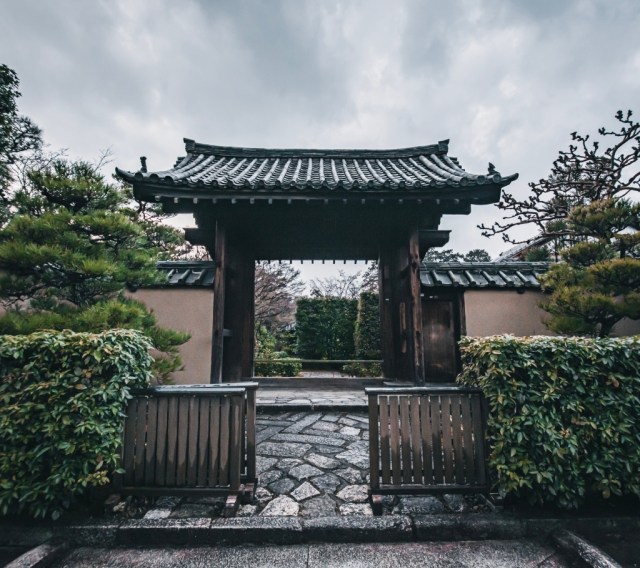
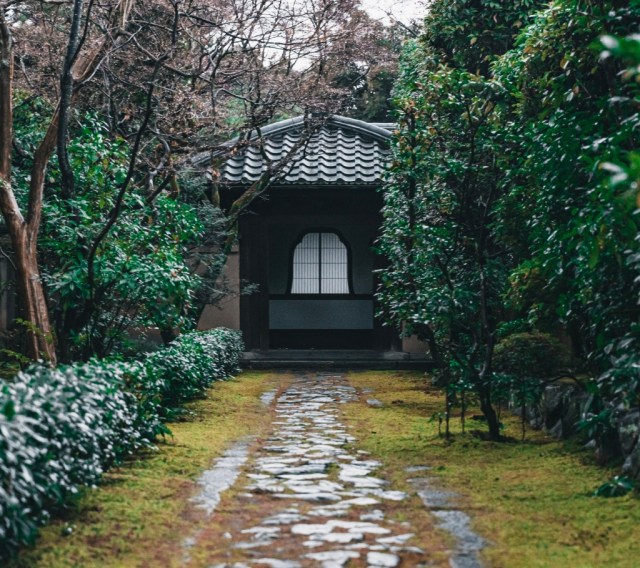
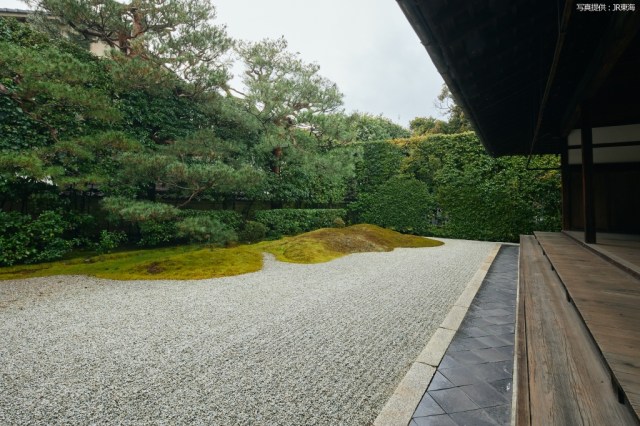
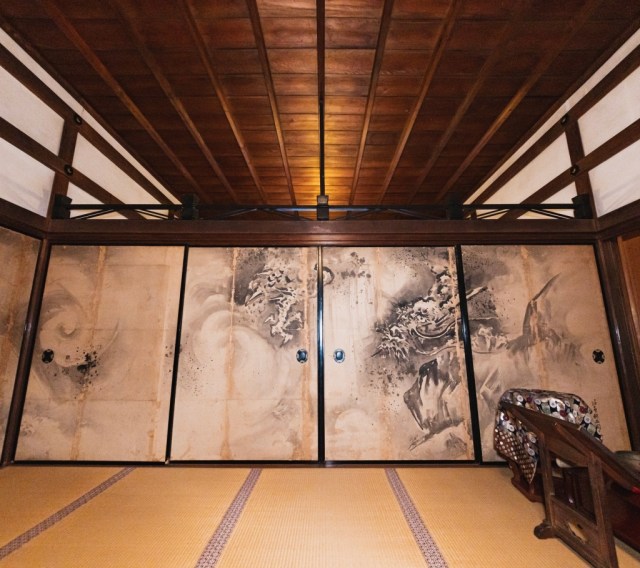
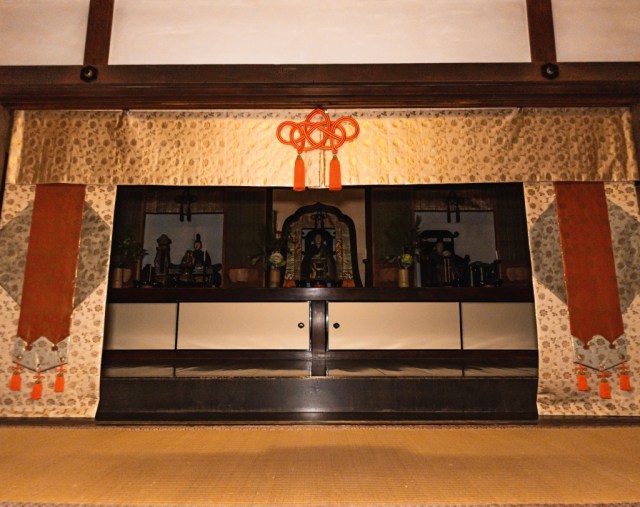
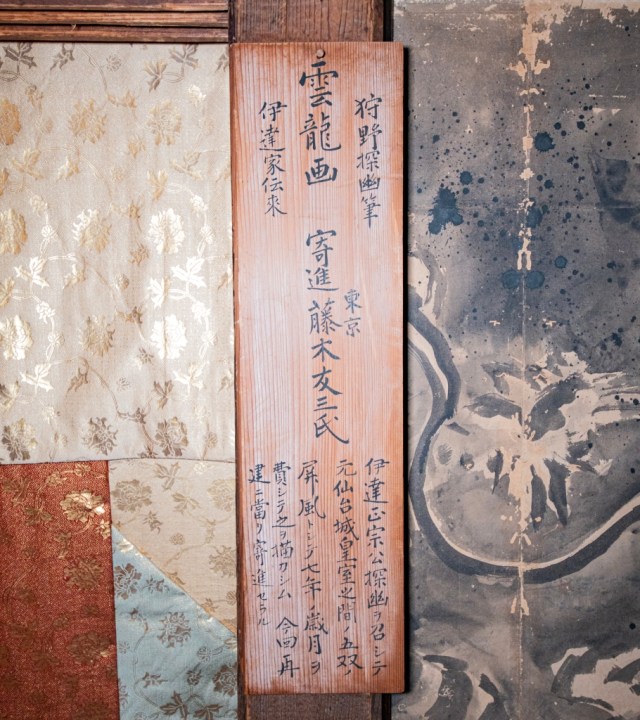
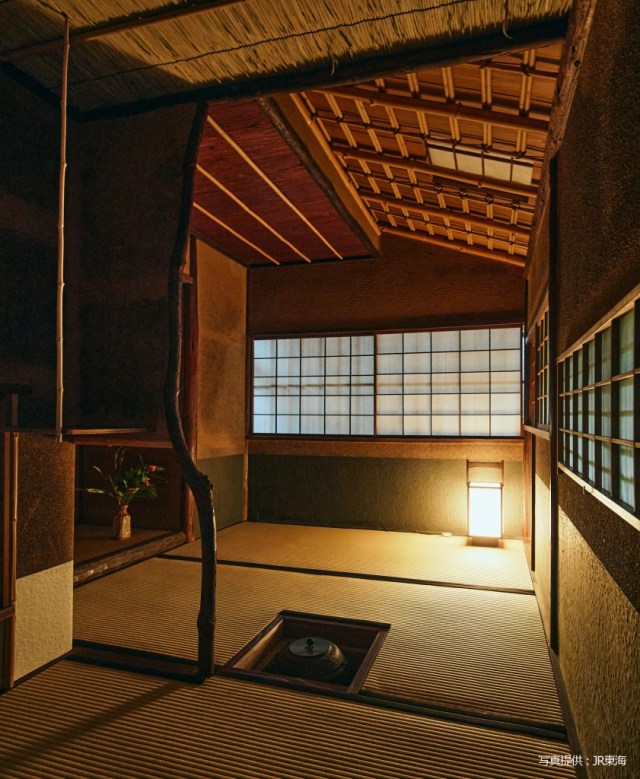
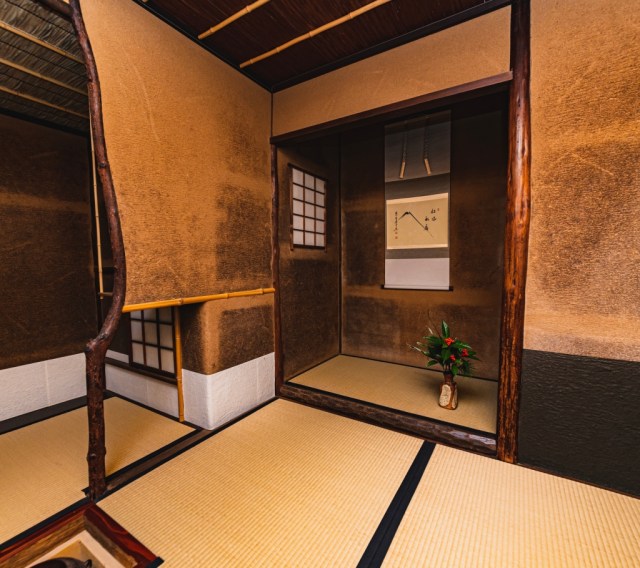
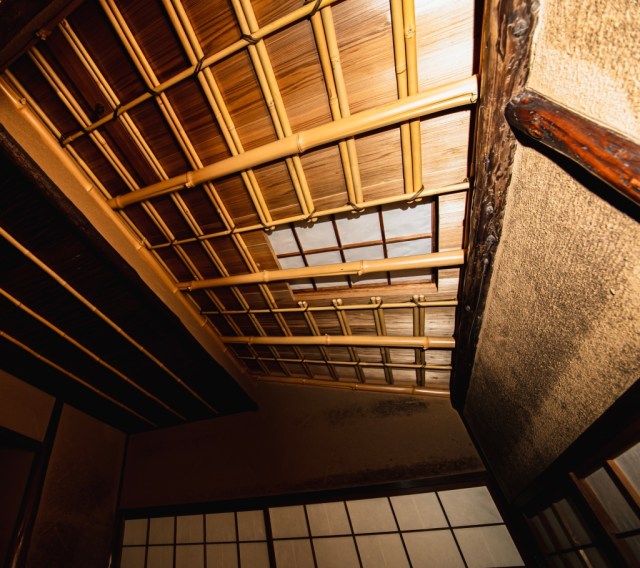
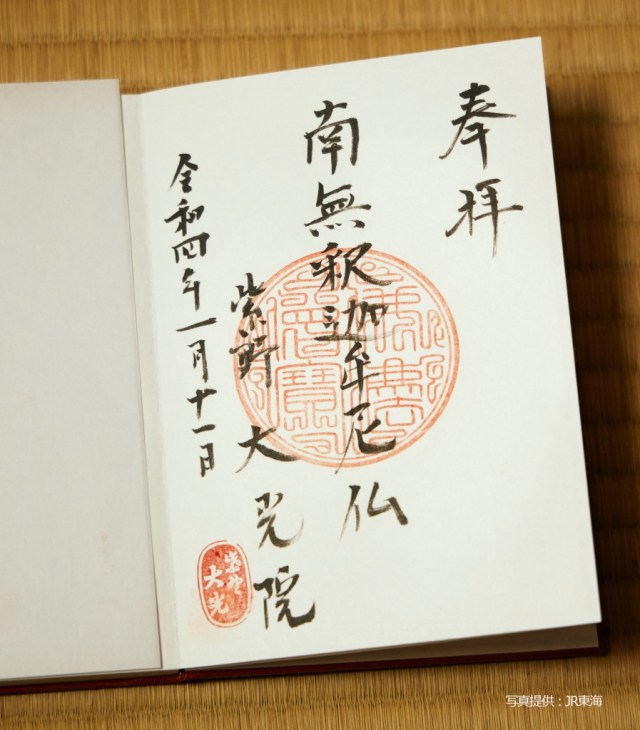
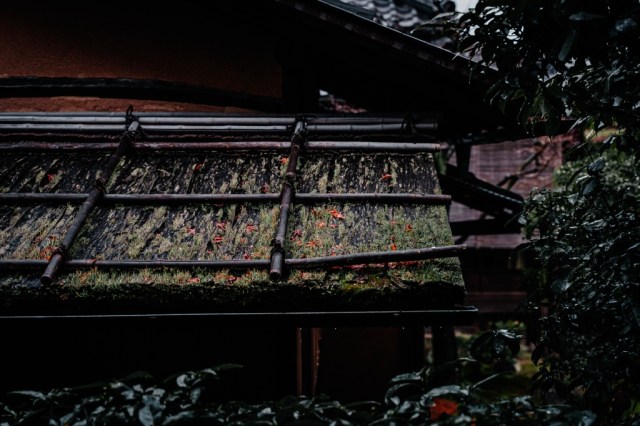
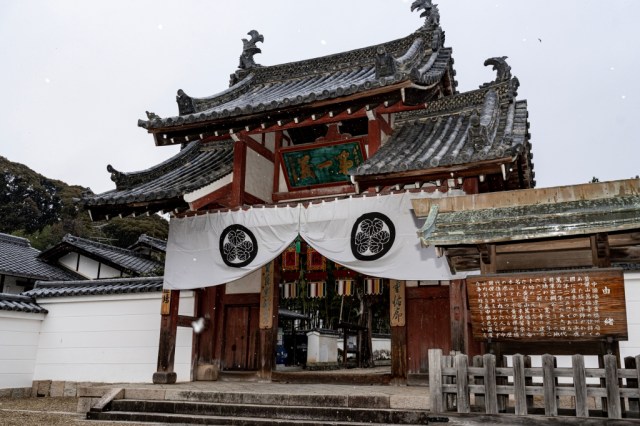
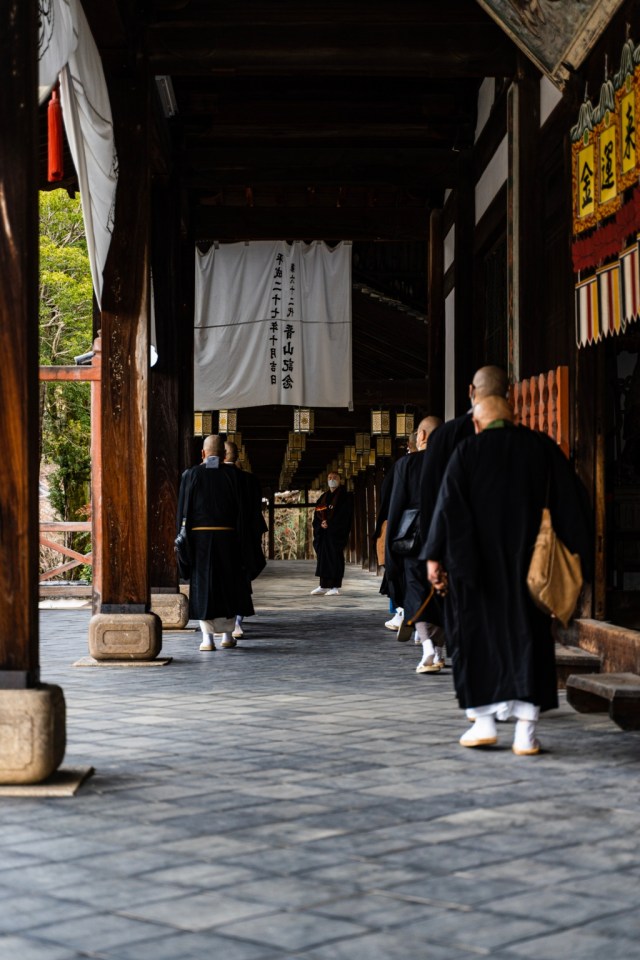
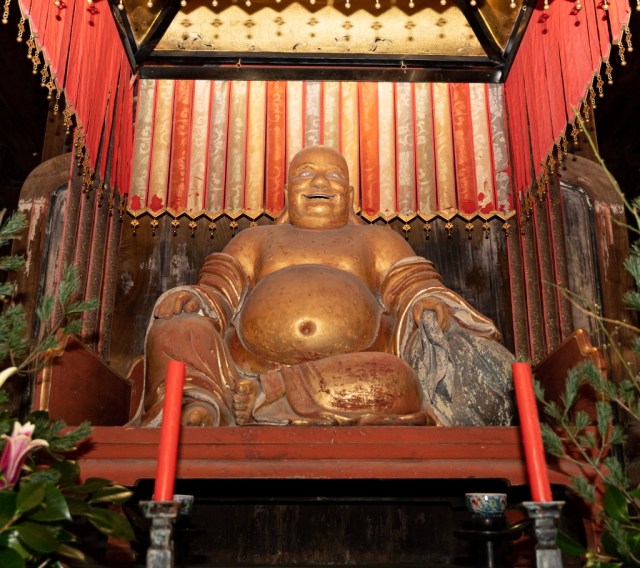
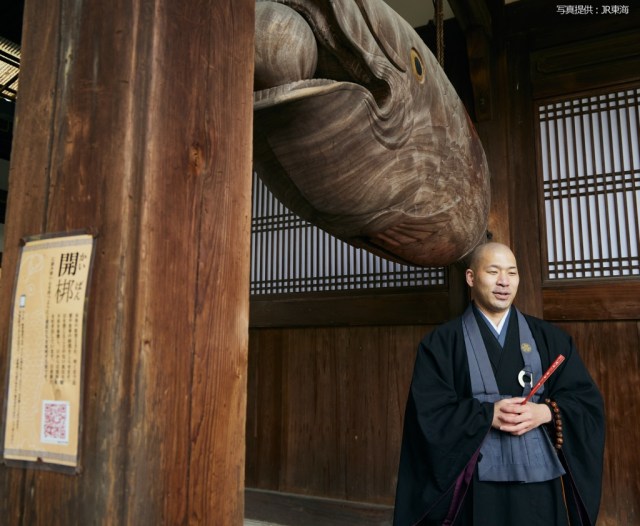
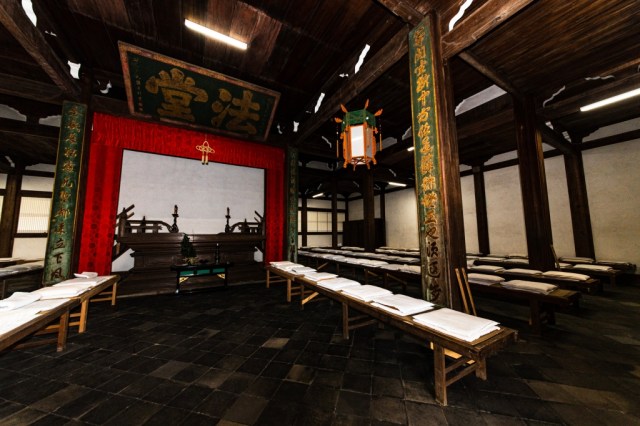
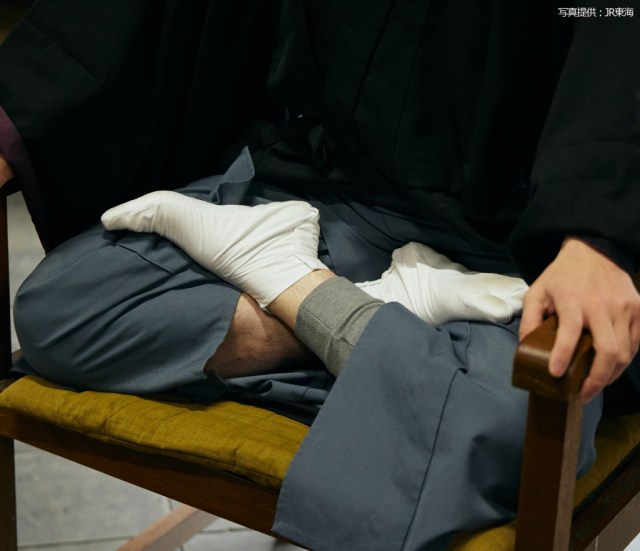
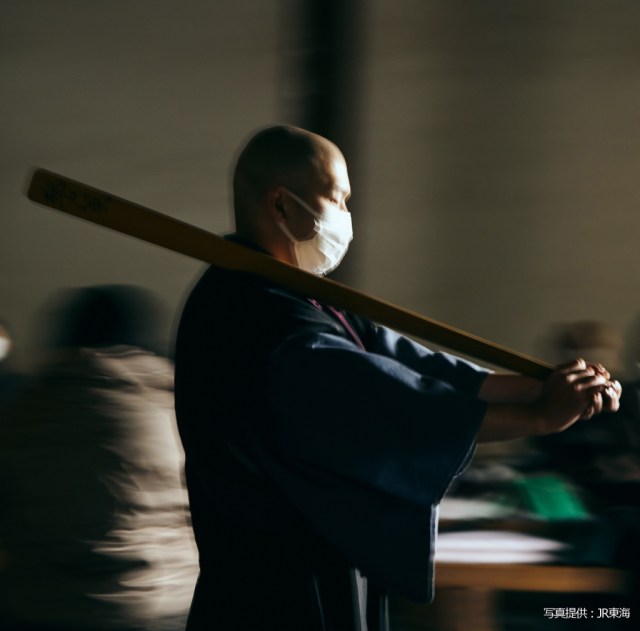
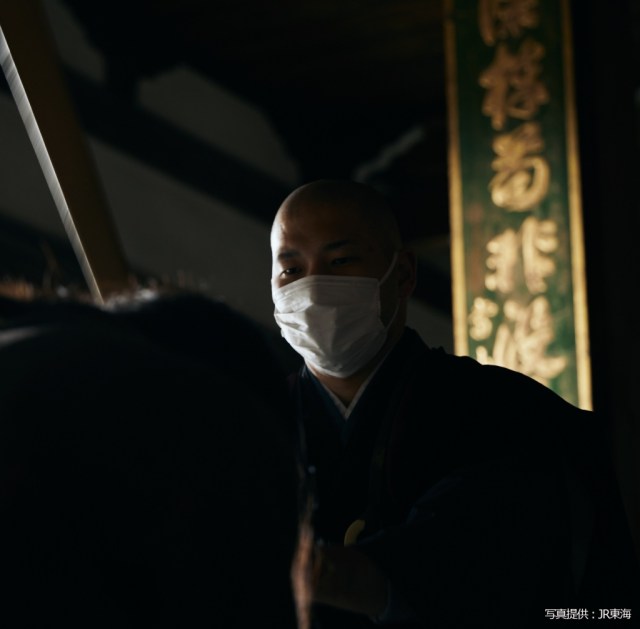
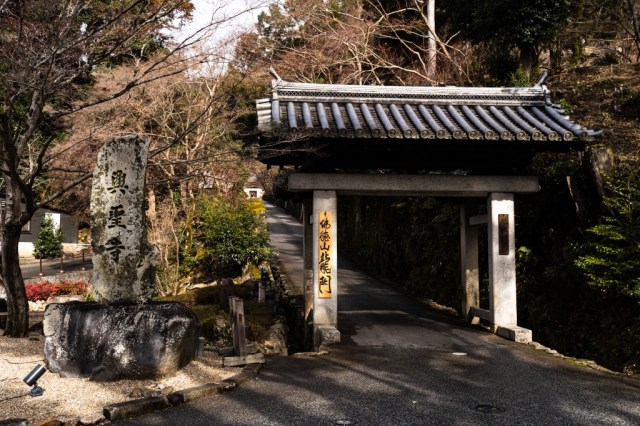
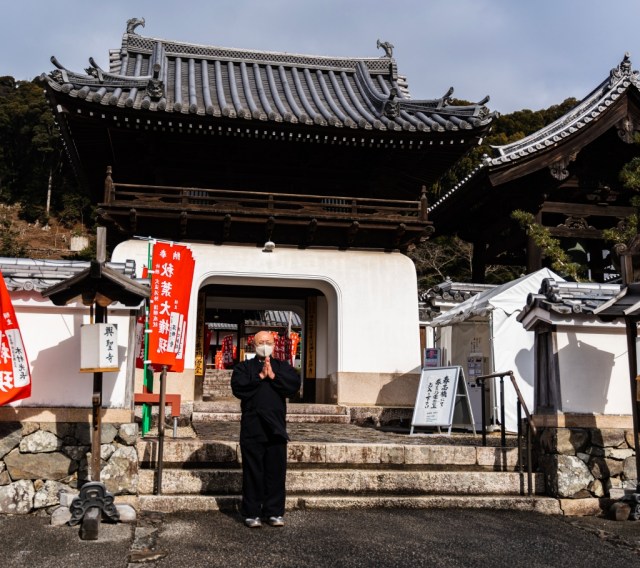
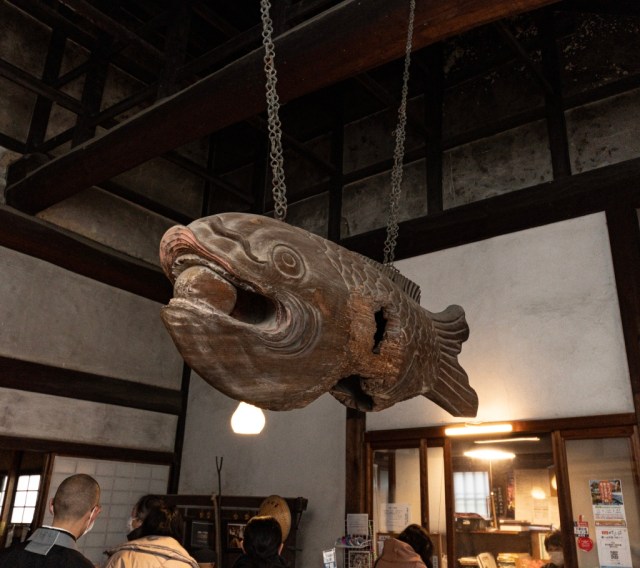
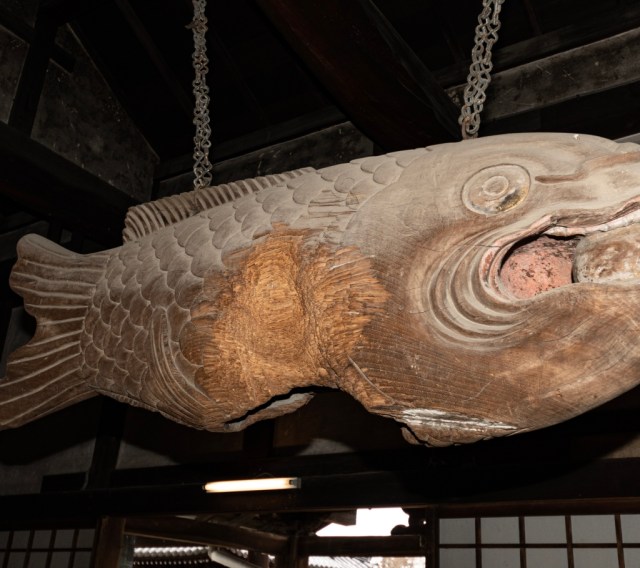

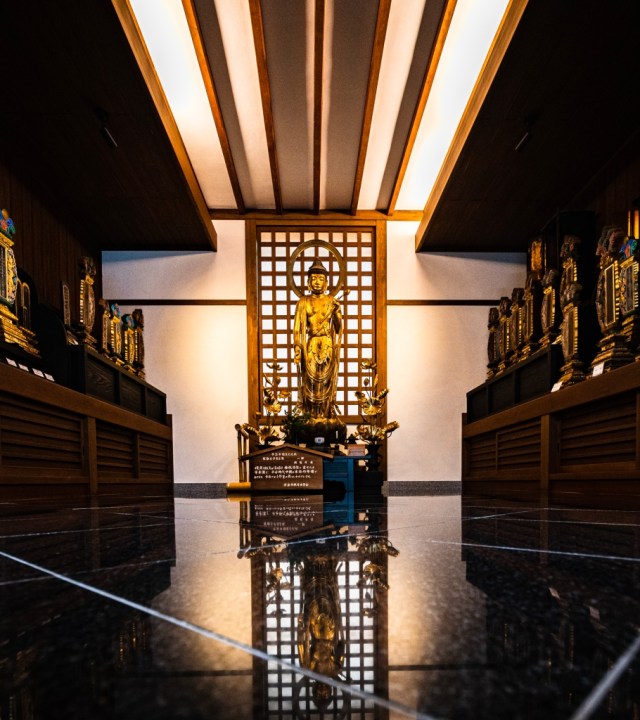
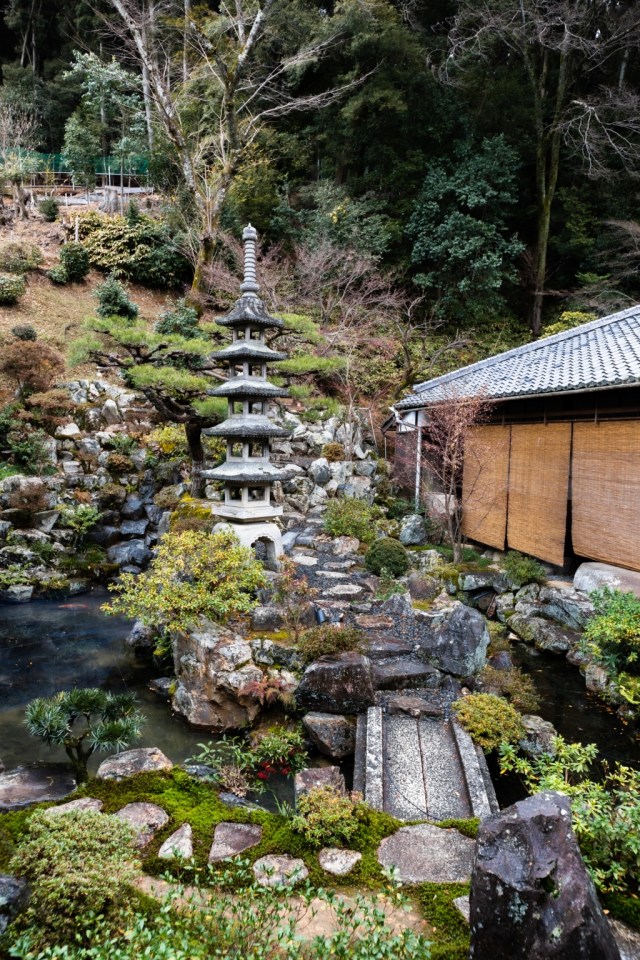
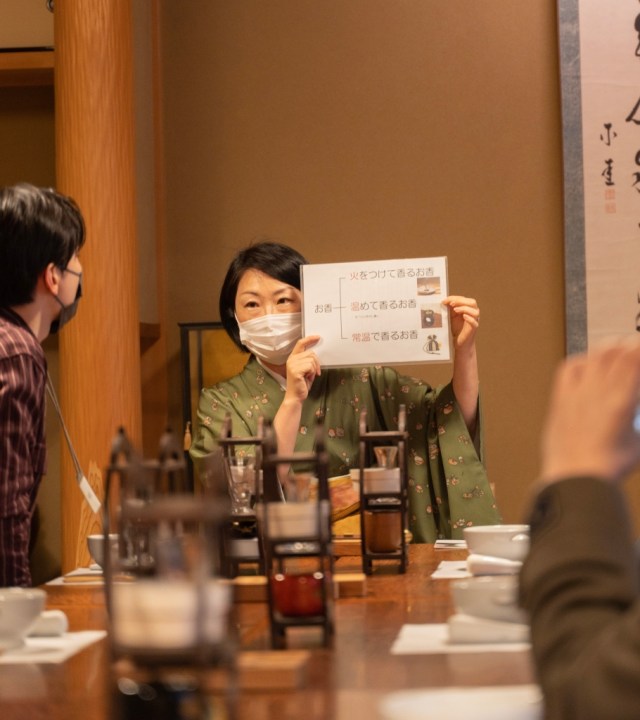
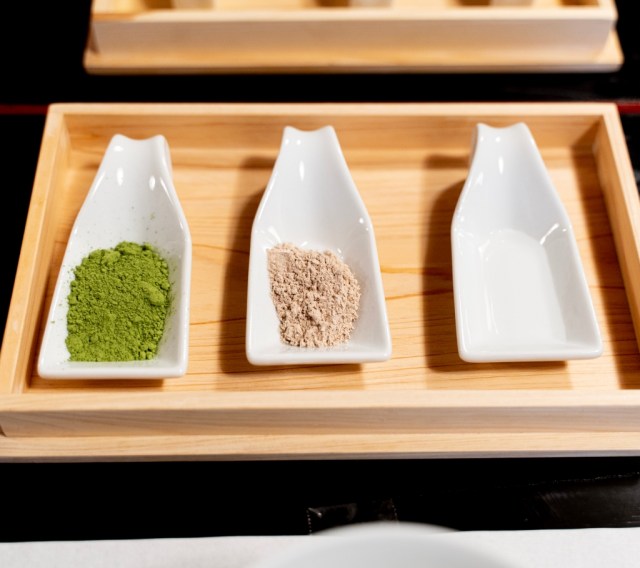
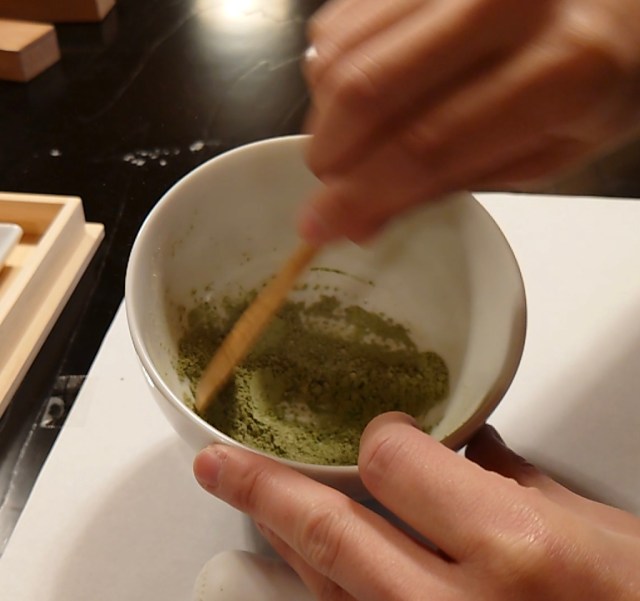
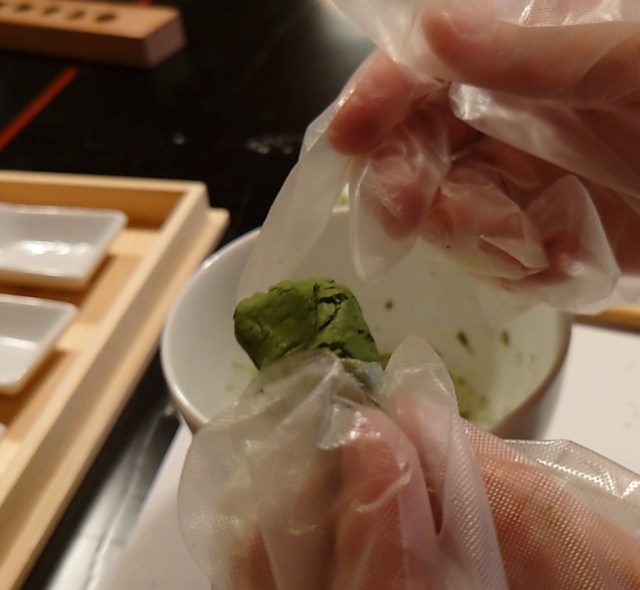
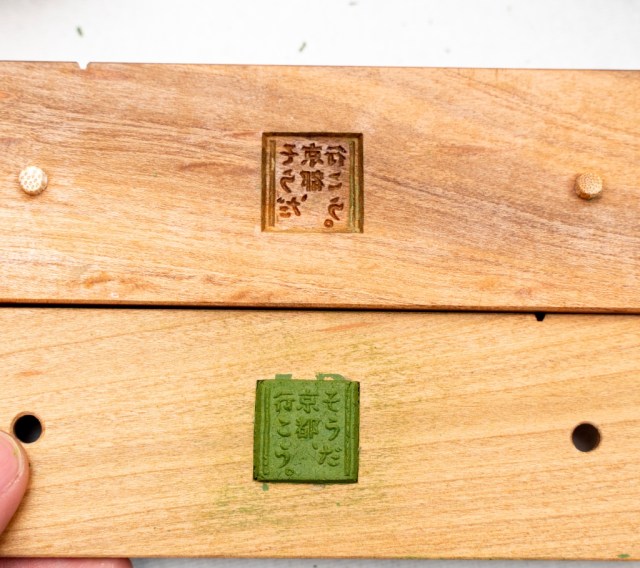
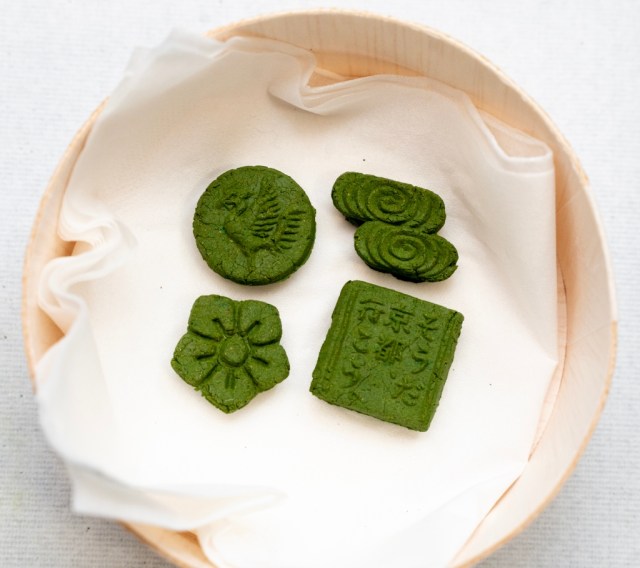
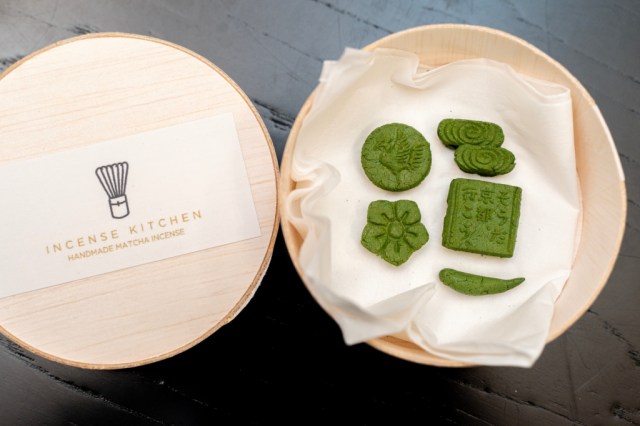
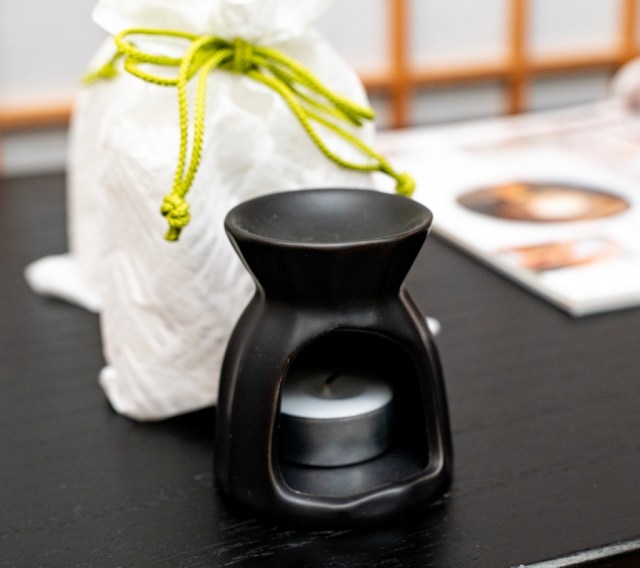
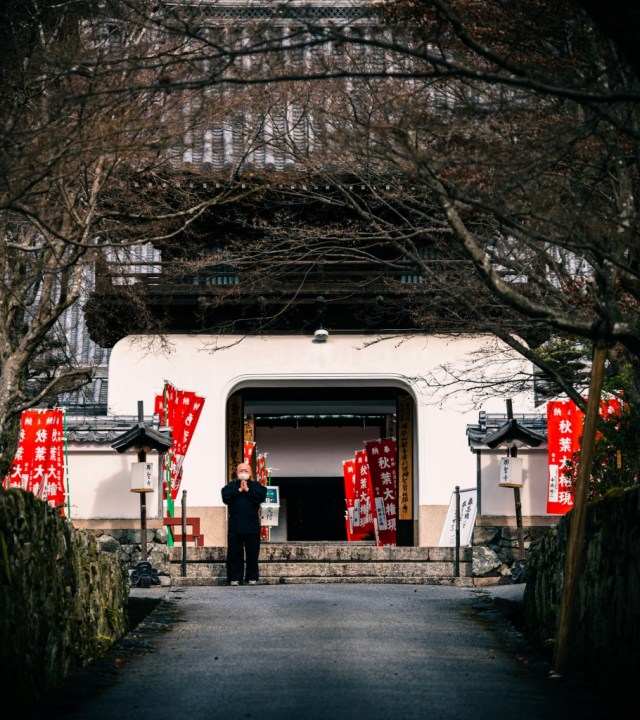
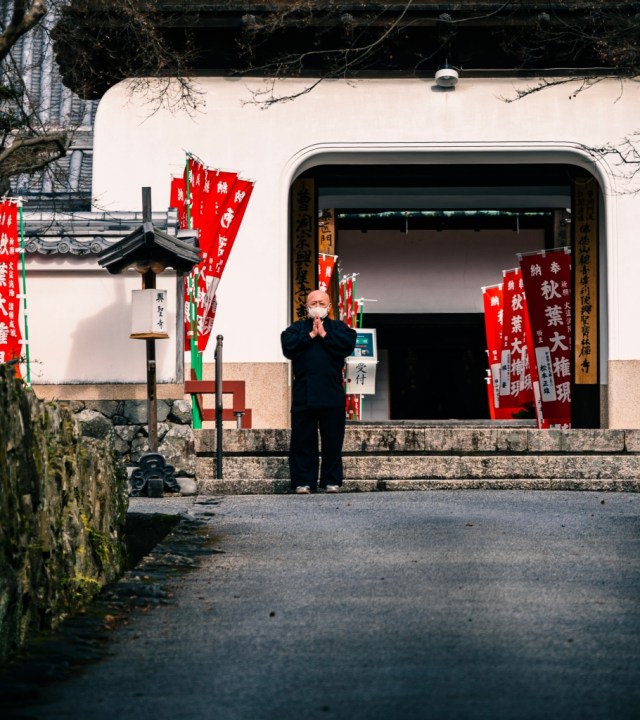
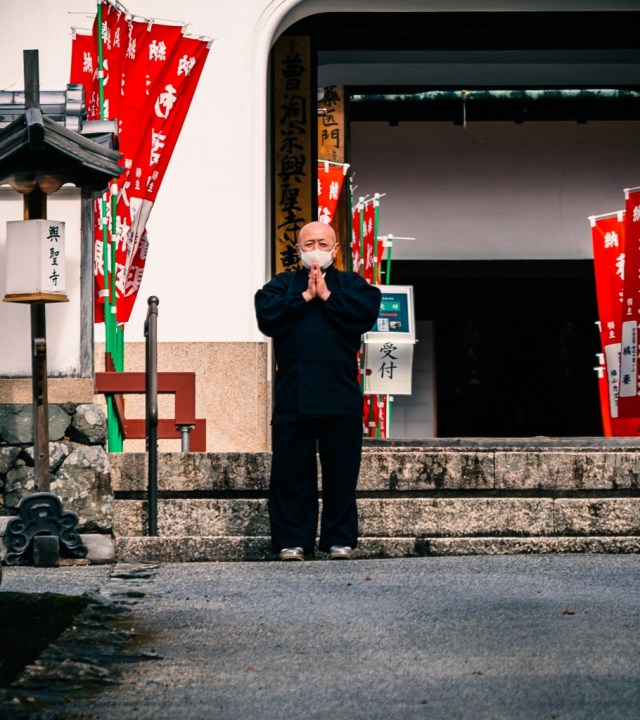
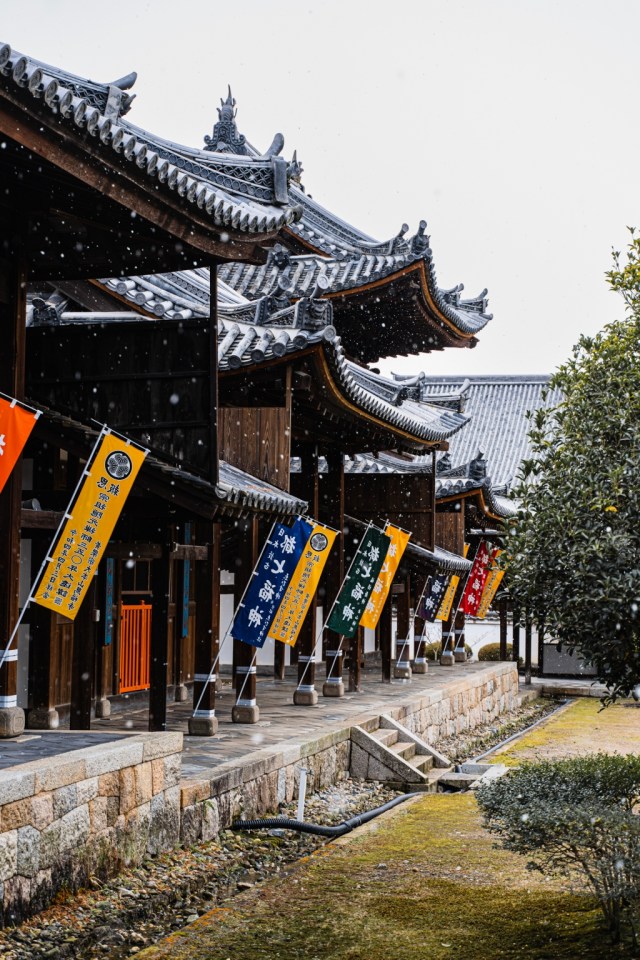
 We take a giraffe nap in a standing sleep pod at a cafe in Tokyo
We take a giraffe nap in a standing sleep pod at a cafe in Tokyo Kyoto in summer: A special trip to Kifune shrine recharges the soul
Kyoto in summer: A special trip to Kifune shrine recharges the soul Mos Burger vs Burger King: Which chip butty is better?
Mos Burger vs Burger King: Which chip butty is better? Mister Donut’s strongest-ever matcha doughnuts are so intense they’ll bind with your DNA
Mister Donut’s strongest-ever matcha doughnuts are so intense they’ll bind with your DNA McDonald’s Japan gives us a taste of the anime world with new series of Gundam burgers
McDonald’s Japan gives us a taste of the anime world with new series of Gundam burgers Red light district sushi restaurant in Tokyo shows us just how wrong we were about it
Red light district sushi restaurant in Tokyo shows us just how wrong we were about it Tokyo Tsukiji fish market site to be redeveloped with 50,000-seat stadium, hotel, shopping center
Tokyo Tsukiji fish market site to be redeveloped with 50,000-seat stadium, hotel, shopping center Sandwiches fit for a sumo served up in Osaka【Taste Test】
Sandwiches fit for a sumo served up in Osaka【Taste Test】 Anime girl English teacher Ellen-sensei becomes VTuber/VVTUber and NFT
Anime girl English teacher Ellen-sensei becomes VTuber/VVTUber and NFT McDonald’s new Happy Meals offer up cute and practical Sanrio lifestyle goods
McDonald’s new Happy Meals offer up cute and practical Sanrio lifestyle goods Sakura tree falls on man at Sannenzaka near Kiyomizu temple in Kyoto 【Breaking News】
Sakura tree falls on man at Sannenzaka near Kiyomizu temple in Kyoto 【Breaking News】 Japan’s massive matcha parfait weighs 6 kilos, contains hidden surprises for anyone who eats it
Japan’s massive matcha parfait weighs 6 kilos, contains hidden surprises for anyone who eats it Pokémon Sleep camping suite and guestrooms coming to Tokyo Hyatt along with giant Snorlax burgers
Pokémon Sleep camping suite and guestrooms coming to Tokyo Hyatt along with giant Snorlax burgers Japanese ramen restaurants under pressure from new yen banknotes
Japanese ramen restaurants under pressure from new yen banknotes Historical figures get manga makeovers from artists of Spy x Family, My Hero Academia and more
Historical figures get manga makeovers from artists of Spy x Family, My Hero Academia and more All-you-can-drink Starbucks and amazing views part of Tokyo’s new 170 meter-high sky lounge
All-you-can-drink Starbucks and amazing views part of Tokyo’s new 170 meter-high sky lounge More foreign tourists than ever before in history visited Japan last month
More foreign tourists than ever before in history visited Japan last month French Fries Bread in Tokyo’s Shibuya becomes a hit on social media
French Fries Bread in Tokyo’s Shibuya becomes a hit on social media Studio Ghibli releases new action figures featuring Nausicaä of the Valley of the Wind characters
Studio Ghibli releases new action figures featuring Nausicaä of the Valley of the Wind characters New private rooms on Tokaido Shinkansen change the way we travel from Tokyo to Kyoto
New private rooms on Tokaido Shinkansen change the way we travel from Tokyo to Kyoto Starbucks reopens at Shibuya Scramble Crossing with new look and design concept
Starbucks reopens at Shibuya Scramble Crossing with new look and design concept Studio Ghibli glasses cases let anime characters keep an eye on your spectacles
Studio Ghibli glasses cases let anime characters keep an eye on your spectacles Beautiful Ghibli sealing wax kits let you create accessories and elegant letter decorations【Pics】
Beautiful Ghibli sealing wax kits let you create accessories and elegant letter decorations【Pics】 Studio Ghibli releases Kiki’s Delivery Service chocolate cake pouches in Japan
Studio Ghibli releases Kiki’s Delivery Service chocolate cake pouches in Japan New definition of “Japanese whiskey” goes into effect to prevent fakes from fooling overseas buyers
New definition of “Japanese whiskey” goes into effect to prevent fakes from fooling overseas buyers Our Japanese reporter visits Costco in the U.S., finds super American and very Japanese things
Our Japanese reporter visits Costco in the U.S., finds super American and very Japanese things Studio Ghibli unveils Mother’s Day gift set that captures the love in My Neighbour Totoro
Studio Ghibli unveils Mother’s Day gift set that captures the love in My Neighbour Totoro New Japanese KitKat flavour stars Sanrio characters, including Hello Kitty
New Japanese KitKat flavour stars Sanrio characters, including Hello Kitty New Pokémon cakes let you eat your way through Pikachu and all the Eevee evolutions
New Pokémon cakes let you eat your way through Pikachu and all the Eevee evolutions Disney princesses get official manga makeovers for Manga Princess Cafe opening in Tokyo
Disney princesses get official manga makeovers for Manga Princess Cafe opening in Tokyo Sales of Japan’s most convenient train ticket/shopping payment cards suspended indefinitely
Sales of Japan’s most convenient train ticket/shopping payment cards suspended indefinitely Sold-out Studio Ghibli desktop humidifiers are back so Totoro can help you through the dry season
Sold-out Studio Ghibli desktop humidifiers are back so Totoro can help you through the dry season Japanese government to make first change to romanization spelling rules since the 1950s
Japanese government to make first change to romanization spelling rules since the 1950s Ghibli founders Toshio Suzuki and Hayao Miyazaki contribute to Japanese whisky Totoro label design
Ghibli founders Toshio Suzuki and Hayao Miyazaki contribute to Japanese whisky Totoro label design Doraemon found buried at sea as scene from 1993 anime becomes real life【Photos】
Doraemon found buried at sea as scene from 1993 anime becomes real life【Photos】 Tokyo’s most famous Starbucks is closed
Tokyo’s most famous Starbucks is closed One Piece characters’ nationalities revealed, but fans have mixed opinions
One Piece characters’ nationalities revealed, but fans have mixed opinions We asked a Uniqlo employee what four things we should buy and their suggestions didn’t disappoint
We asked a Uniqlo employee what four things we should buy and their suggestions didn’t disappoint Princesses, fruits, and blacksmiths: Study reveals the 30 most unusual family names in Japan
Princesses, fruits, and blacksmiths: Study reveals the 30 most unusual family names in Japan Turn any table into a kotatsu with new adhesive heater from Japan
Turn any table into a kotatsu with new adhesive heater from Japan Giant temple in mountains of Japan is also one of its most impressive tapioca bubble tea cafes
Giant temple in mountains of Japan is also one of its most impressive tapioca bubble tea cafes We try Japanese cafe Komeda Coffee’s summer desserts that are so big, they’re overflowing
We try Japanese cafe Komeda Coffee’s summer desserts that are so big, they’re overflowing Refresh your mind, body, and soul at Temple Camp Daitaiji, the first temple to open to campers
Refresh your mind, body, and soul at Temple Camp Daitaiji, the first temple to open to campers Wagyu Burger opens in Tokyo, serving up highest-grade beef at reasonable prices
Wagyu Burger opens in Tokyo, serving up highest-grade beef at reasonable prices The two best Tsukimi Moon-Viewing burgers in Japan for 2023
The two best Tsukimi Moon-Viewing burgers in Japan for 2023 The best cosplayers from Day 1 of Summer Comiket 2023【Photos】
The best cosplayers from Day 1 of Summer Comiket 2023【Photos】 Pokémon x Mister Donut fukubukuro lucky bag is a very sweet way to ring in the new year
Pokémon x Mister Donut fukubukuro lucky bag is a very sweet way to ring in the new year New “adult” doughnuts in a Pokémon box make us rethink what it means to be a grown-up
New “adult” doughnuts in a Pokémon box make us rethink what it means to be a grown-up Starbucks Japan’s Lucky Bag #2: Is it as good as the first fukubukuro?
Starbucks Japan’s Lucky Bag #2: Is it as good as the first fukubukuro? Starbucks Japan’s Lucky Bag #3: A fukubukuro to end all fukubukuro
Starbucks Japan’s Lucky Bag #3: A fukubukuro to end all fukubukuro Chocolate Mint drink with 10 times the minty refreshment: Is it really as strong as it looks?
Chocolate Mint drink with 10 times the minty refreshment: Is it really as strong as it looks? Godiva creates a new drink with Japanese sake starter
Godiva creates a new drink with Japanese sake starter Kyoto temple becomes Pokémon Go gym in Japan, provides special phone chargers for players
Kyoto temple becomes Pokémon Go gym in Japan, provides special phone chargers for players We try Starbucks’ buzzworthy (and slightly gross) new cream pie to see how good it really is
We try Starbucks’ buzzworthy (and slightly gross) new cream pie to see how good it really is What’s this Tibetan temple doing in the middle of Japan? We go to find out!
What’s this Tibetan temple doing in the middle of Japan? We go to find out!
Leave a Reply